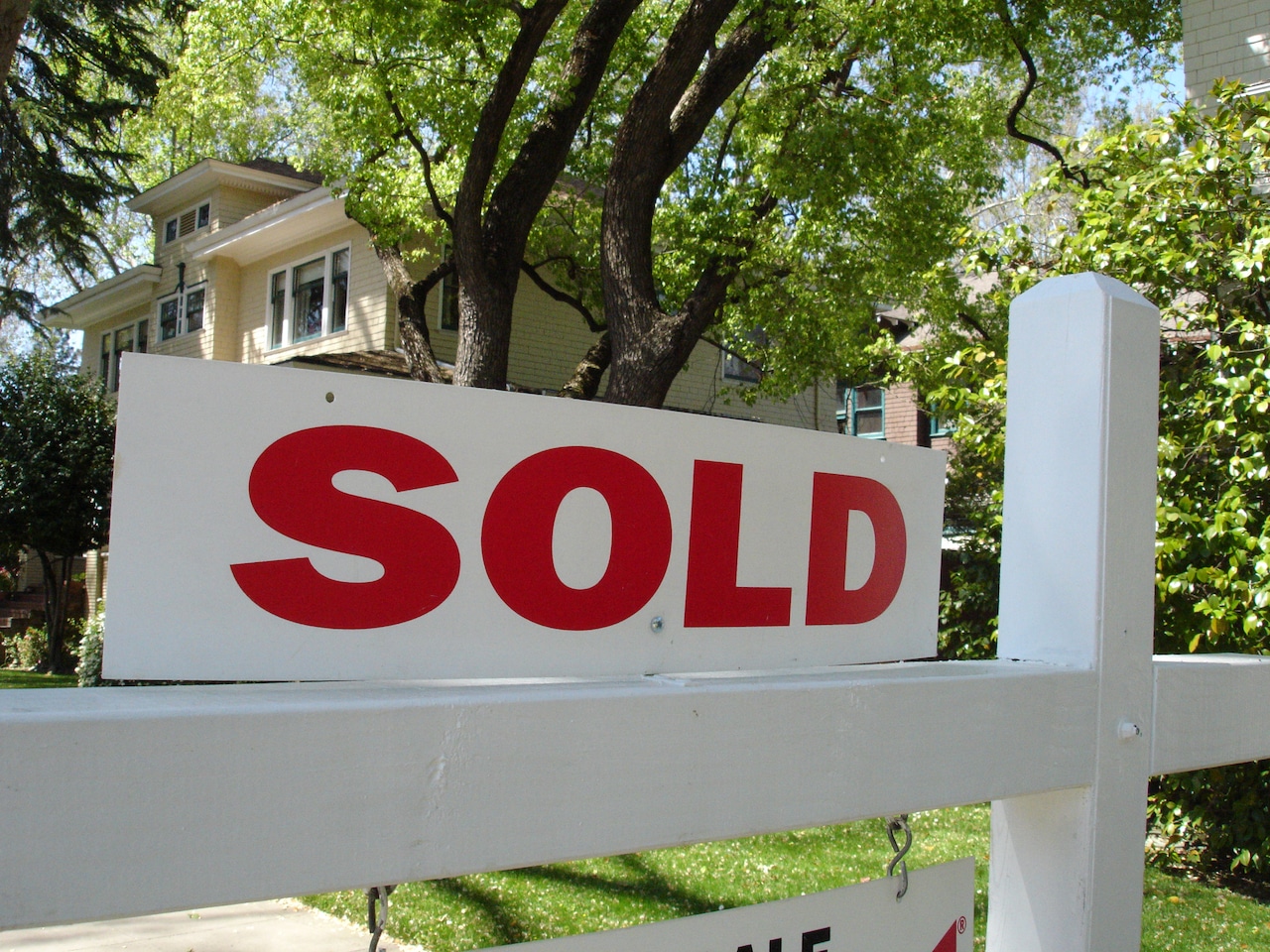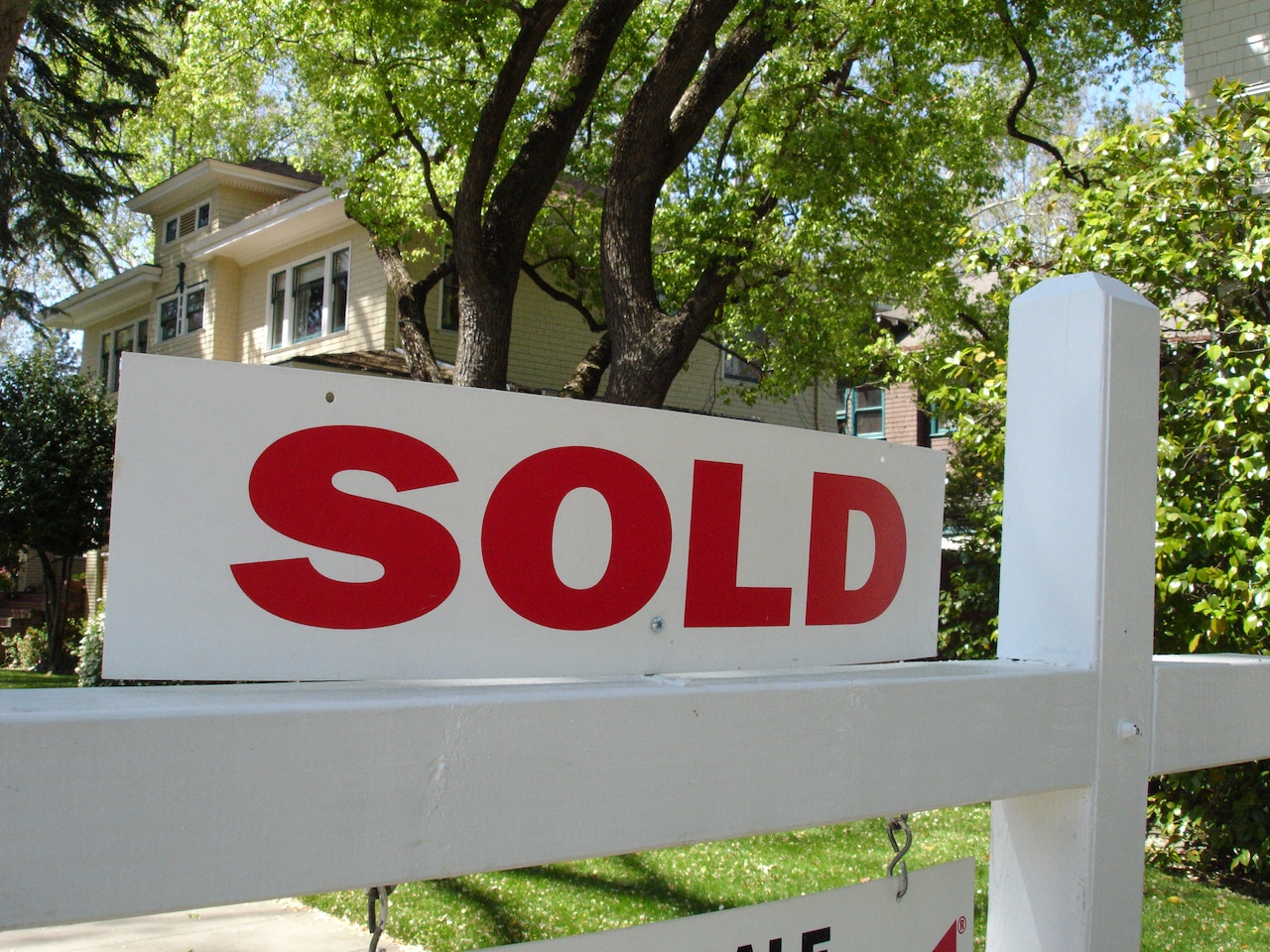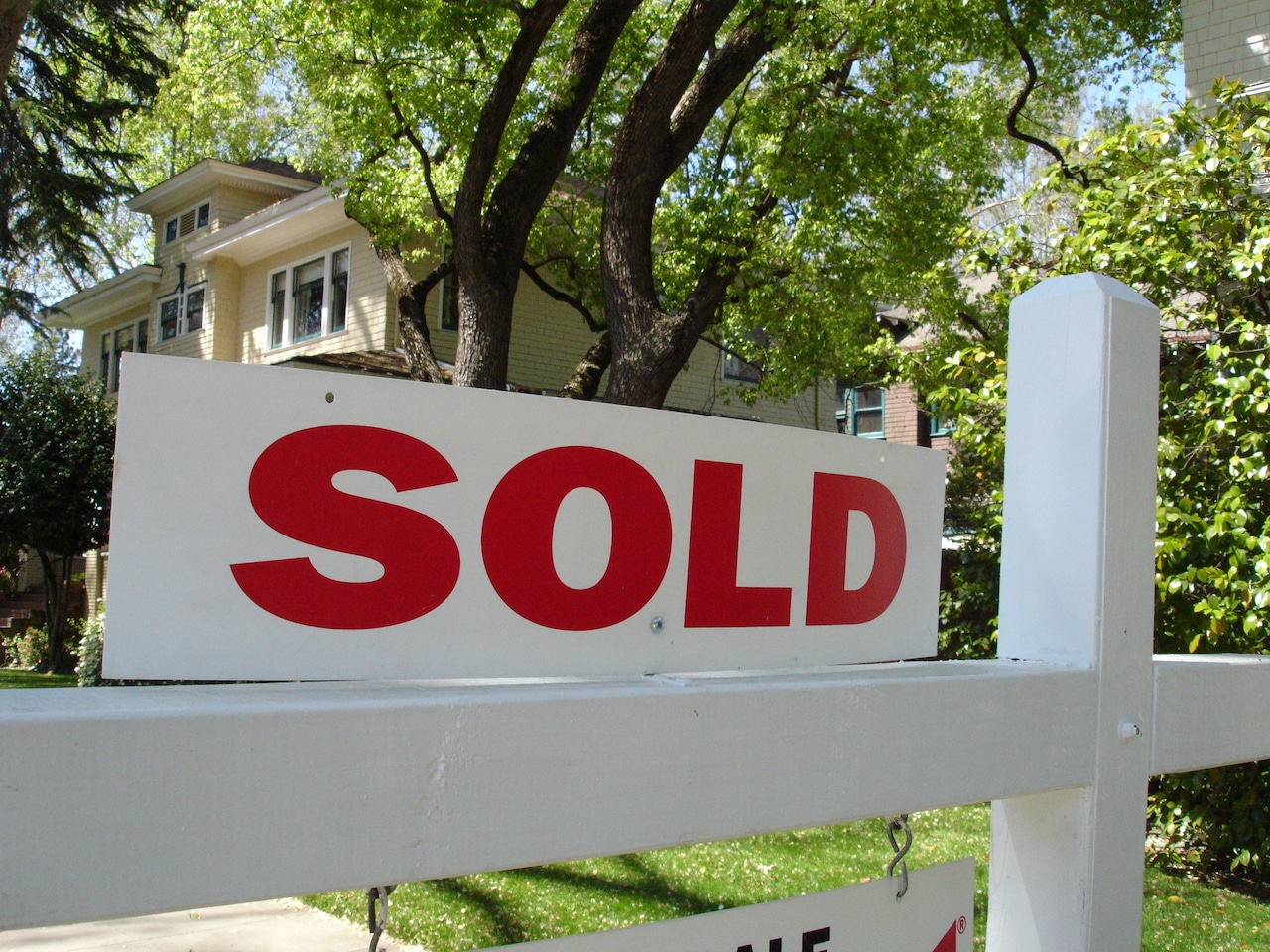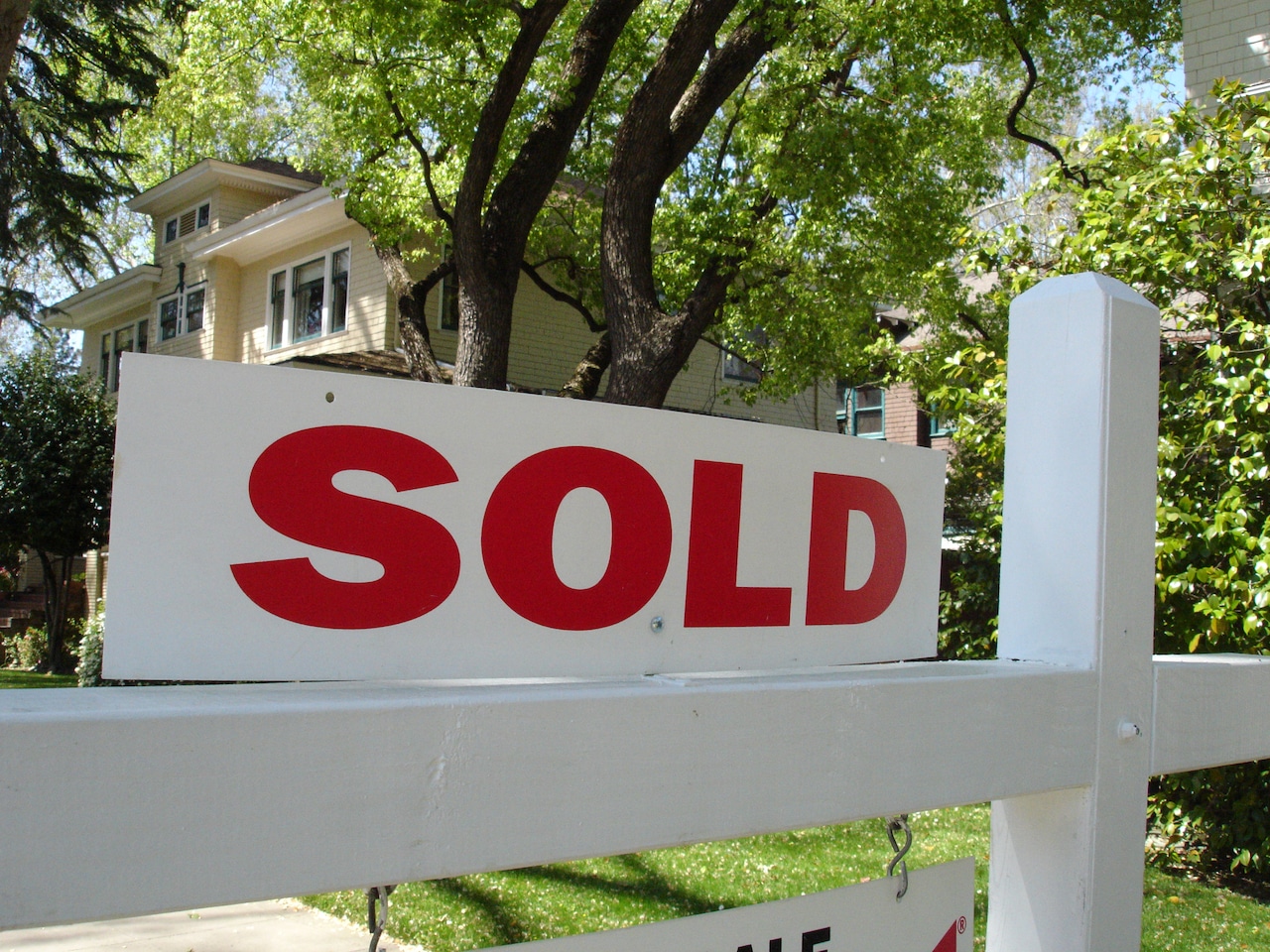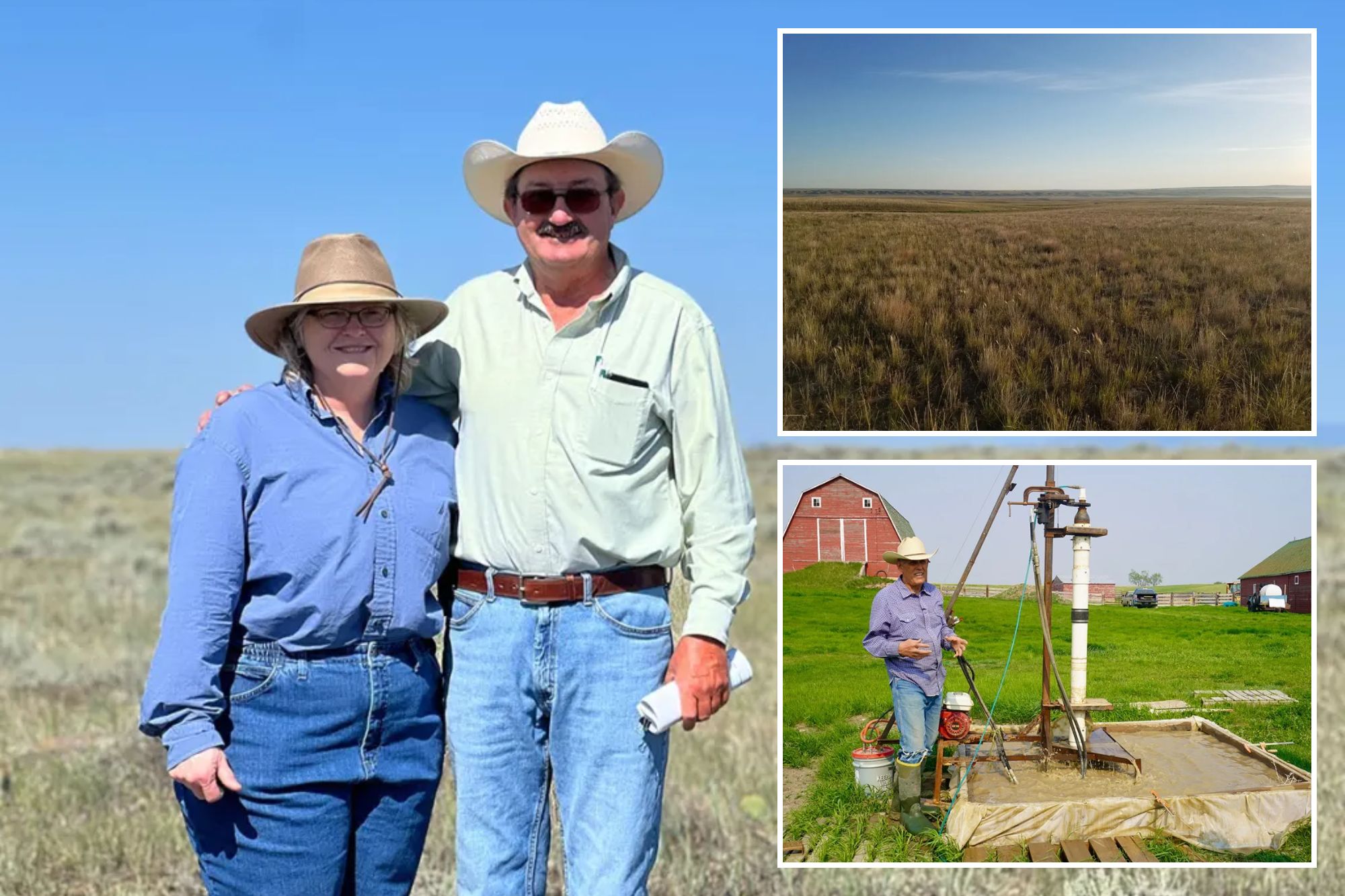S
enior living occupancy has surpassed other commercial real estate sectors for the first time in nearly two decades, according to the National Investment Center for Seniors Housing and Care (NIC). The industry's average occupancy rate reached 87.4% in the first quarter of 2025, exceeding NIC's projections that it would pass peak levels not seen since 2008.
Senior living occupancy growth outpaced other sectors, including apartments, strip malls, offices, and industrial properties, in the top 99 primary and secondary markets, according to Omar Zahraoui, NIC Senior Principal. While this may attract more investors, labor, immigration policy, and tariffs continue to pose challenges for operations and new development.
In a 2024 Urban Land Institute poll, senior housing ranked second only to data centers in projected risk-adjusted returns through 2028. The number of occupied units is growing, with no signs of a demand cliff, but Zahraoui notes that the market is entering a new phase. By 2026, stronger demand and potential undersupply are expected to drive up pricing, requiring developers to balance rising costs with affordable rent.
The industry's construction pace remains strong, with 10 units being built for every 27 occupied across 99 primary and secondary markets tracked by NIC. This is well above the line needed to sustain occupancy increases regardless of care type. By the end of next year, senior living occupancy in most regions is projected to surpass peak levels last seen in 2008, with the North Central, Mountain, and Southwest regions being the closest to reach historic census levels.


